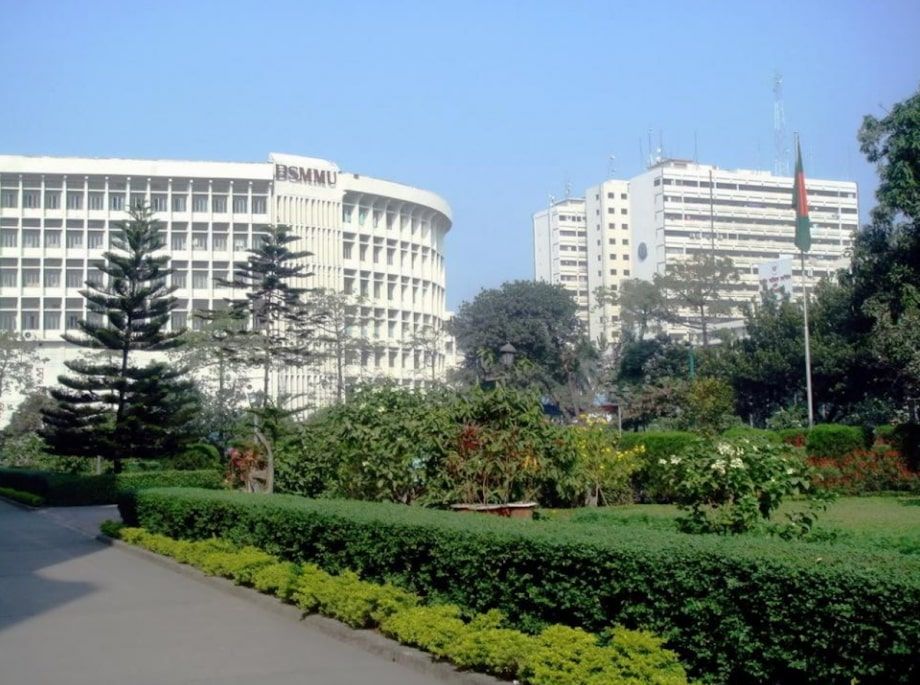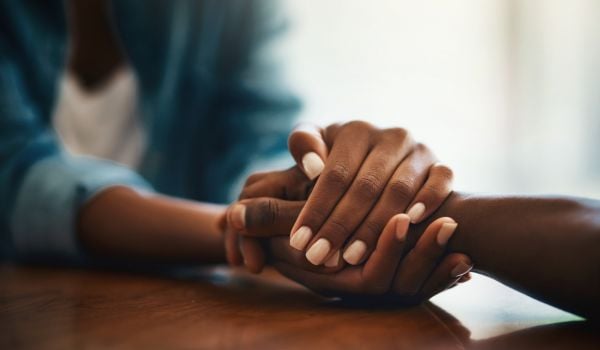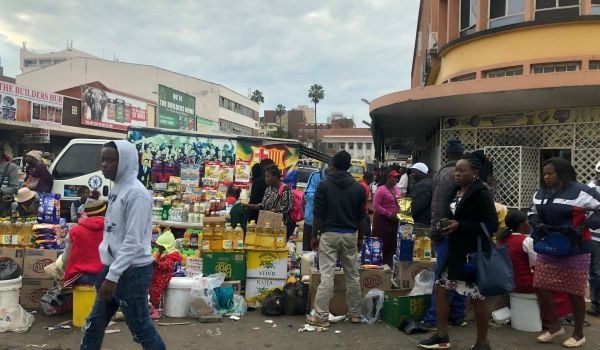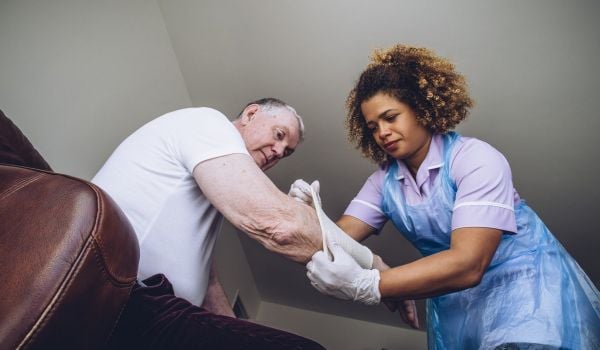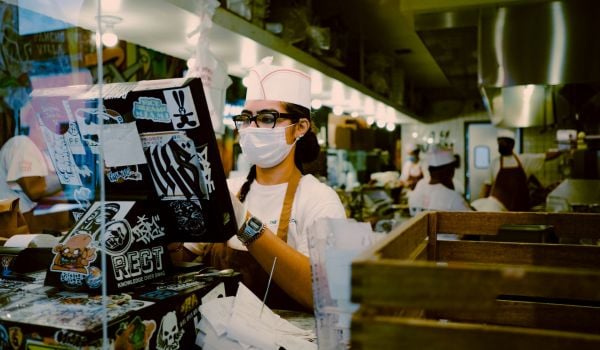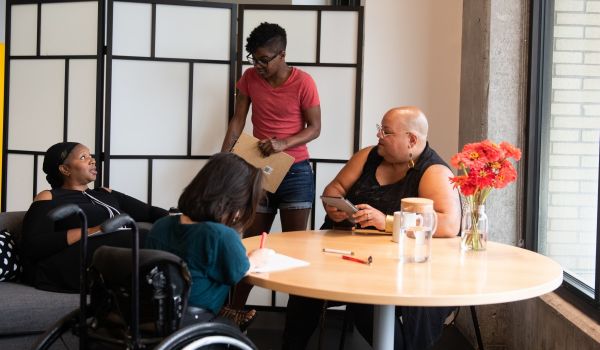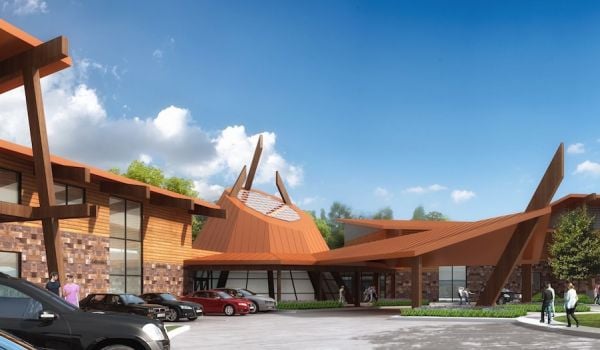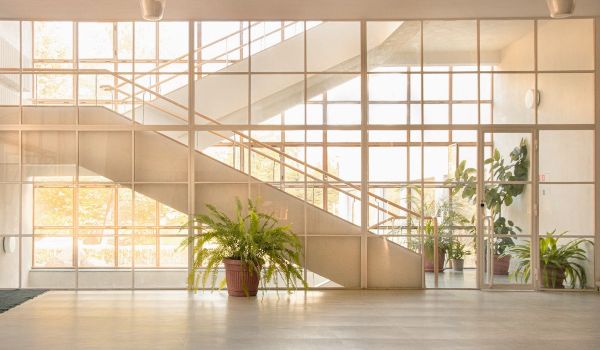For a girl who’d begun working in a factory at age 11, it seemed like a surprisingly luxurious place to die. In January 2013, Sumaya Khatun, a 16-year-old garment worker in Bangladesh, fell ill with a brain tumor. Just over a year later, she spent a few weeks in the country’s most cutting-edge palliative care ward. Then sparkling-new, the facility at Bangabandhu Sheikh Mujibur Medical University Hospital, in the capital city of Dhaka, was airy and bright — a shock, considering its mere existence made it ultra-rare in Bangladesh.
Until recently, the options for terminally people on the Indian subcontinent were far grimmer. In his 2014 book Being Mortal, surgeon-author Atul Gawande described a “poorhouse” where over 100 people on “the last stage of the journey” live amid “din and the smell of urine.”
“It was as close to a vision of hell as I’ve ever experienced,” Gawande concludes.
Professor Nazemuddin Ahmed, lead clinician of the BSMMU palliative care ward, says the 600,000 people who experience terminal illness in Bangladesh each year have only a slightly better situation: They are almost all “uncared [for] by the medical community,” which means “almost all care is being taken by the family, and the family doesn’t really know how to take care.”
Sumaya’s admission to the bright hospice ward was an anomaly too. A worker who had survived the deadliest factory fire in Bangladesh’s history, she benefited from her friendships with workers’ rights activists who raised money to cover healthcare that her mother, an informal worker at a brick kiln who had already bankrupted herself to provide her daughter care, could not have afforded otherwise.
This year, however, access to palliative care is becoming less of a rarity for Dhaka’s urban poor. Amid a trending uptick in palliative care in several developing cities, the BSMMU hospice has begun a community-based program in two Dhaka slums — an innovative move in a country where, Nezam estimates, just four or five such programs exist. The care is being delivered where patients might find it most accessible: in their own homes. If widely adopted, the process might even end up creating a new type of informal community health worker — one surprisingly similar to the activists who aided Sumaya.
Ahmed, who tends to go by “Professor Nazem,” says the program is at work in Korail, a slum of 75,000 people in central Dhaka, and in a smaller slum in a mixed-income neighborhood called Agargaon.
The idea of providing care within these communities is not entirely new. BRAC, a multinational nonprofit that originated in Bangladesh, runs a program called Manoshi that offers women a safe facility in which to deliver babies inside the slum. Run by community health workers, Manoshi tries to bridge the gap between dangerous unattended births and the in-hospital deliveries that many families find unfamiliar and inaccessible. (Disclosure: I helped teach a course at BRAC University in Dhaka in 2013.)
Palliative care delivered in local homes offers the same advantages of familiarity and accessibility. In this case, health workers also provide services considered the norm in other countries. Of the 45 percent of Americans who have chosen hospice care in recent years, Gawande writes, about half ultimately died in their own homes.
Nezam says, however, that the program in Korail and Agargaon must educate communities about what clinicians can offer: “To some people, [palliative care] is only about compassion … nothing evidence-based, I mean to say,” or strictly for cancer patients or pain management.
That picture is incomplete. But “nowadays, things are changing a bit,” Nezam says. “It’s in an evolving phase.” Slowly, communities are beginning to grasp the full range of palliative services: symptom management, painkillers, respite for families, and attention to spiritual and psychological well-being.
The community-based service isn’t too different from what is provided in the U.S., or in the 17-bed ward at BSMMU. That unit, which is set apart from the main hospital, offers a uniquely quiet, sunny space for patients and families. But while inpatient admission can give patients round-the-clock attention from doctors and nurses, most of the other types of assistance can be made available to patients in their homes.
Some of the services, in fact, are not too different from the care that labor activists once improvised for Sumaya: assistance with practical matters, relief for her mother, empathy and comfort. (To this, clinicians added pain management, greatly increasing her quality of life.)
“… To us, she was just a patient, and a lovely patient,” Nazem says about Sumaya, setting aside the activists’ interventions. But the project in the slums, which has treated just four patients since it opened one month ago, will scale up by systematizing some of the kind of help the activists once provided her. “We are trying to involve the senior, [grade] 10, 12 students from this area” as home-visit volunteers, Nezam says, who provide compassion and knowledge of local culture rather than technical skills. “I find this is very effective.”
To be sustainable, the program will also need the other service the activists once provided: donations. For Sumaya, rare access to hospital care came via donations raised in the West. The new program will serve some of Dhaka’s poorest residents; to sustain it, Professor Nezam identifies Ramadan alms (formally termed zakat) as essential. With Ramadan due to start on June 17th, the nascent program may soon enjoy the chance to expand.
In the end, Nezam confesses, the greatest challenge is not treating terminal patients. Rather, it is the one that labor activists faced on the first day they went to help Sumaya, an impoverished teenager wracked with pain. Faced at times with patients with curable illnesses, the challenge is to refer those in a different type of “poorhouse,” but not yet “on the last leg of the journey,” to the healthcare they cannot access or afford.
In Dhaka, that vision of hell has always been familiar. For now, people in Korail have a chance at what one activist eventually wished aloud for Sumaya — a wish that came true, on March 21, 2014, at her family’s home near Dhaka: “Perhaps you can have a loving death.”
The “Health Horizons: Innovation and the Informal Economy” column is made possible with the support of the Rockefeller Foundation.
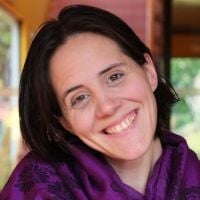
M. Sophia Newman is a freelance writer and an editor with a substantial background in global health and health research. She wrote Next City's Health Horizons column from 2015 to 2016 and has reported from Bangladesh, India, Nepal, Kenya, Ghana, South Africa, and the United States on a wide range of topics. See more at msophianewman.com.
Follow M. Sophia .(JavaScript must be enabled to view this email address)


